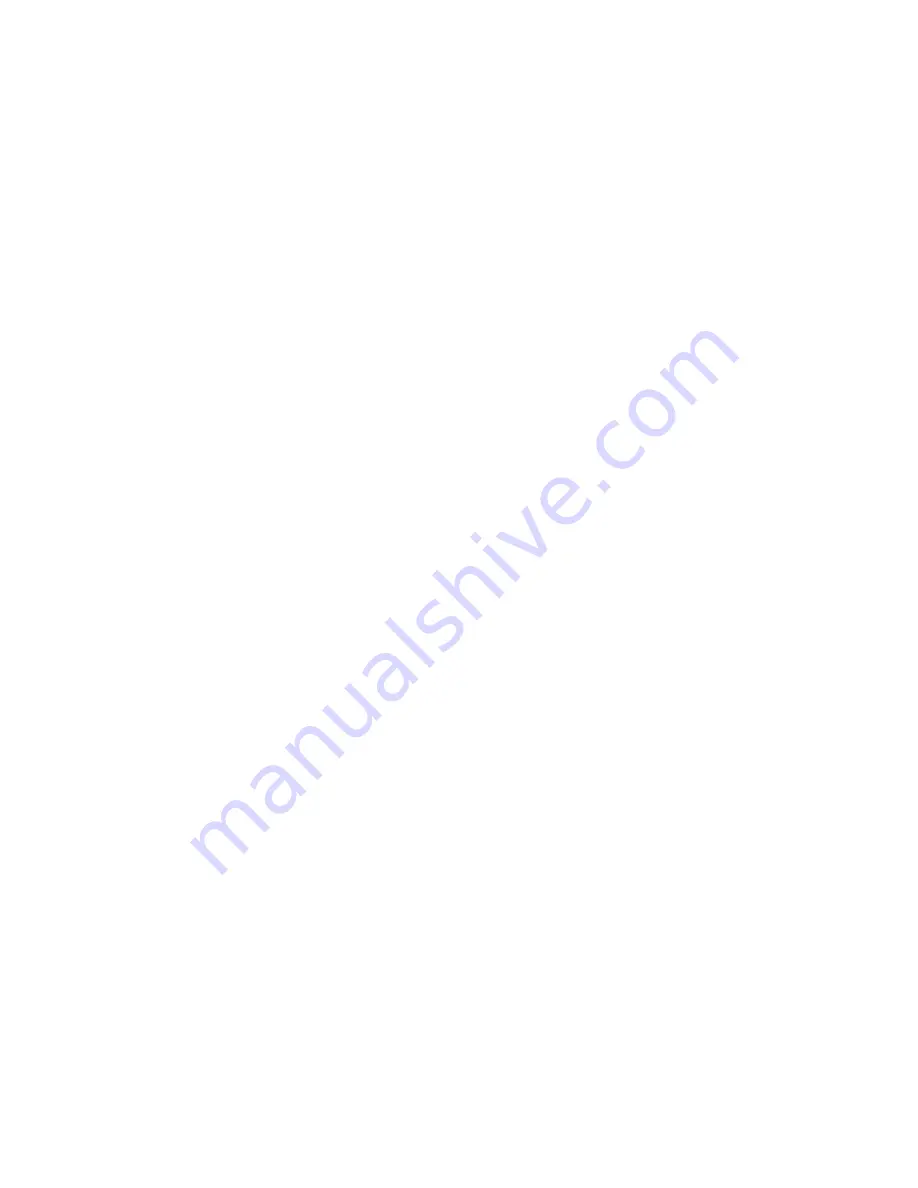
50
Kayak — User Manual
Section 2 — Concepts
Keying involves three signals:
• Background,
• Key cut, used to specify where to cut a hole in the background, and
• Key fill, used to fill the hole in the background.
The fill can be an incoming video signal or it can be an internally generated
matte fill. A separate key cut input signal is not necessarily required for
keying. For example, a self key (also called a video key) uses the same input
signal for both key cut and key fill.
The Kayak system supports the following types of keys:
• Additive Key
• Luminance Key
• Linear Key
• Chroma Key
• Preset Pattern
The Kayak system also supports self keys and split keys.
Matte Fill Key Example
One of the earliest keying techniques was to use an art card and camera to
perform a luminance key with a matte fill. This type of key is a good
example for explaining basic keying principles because three separate and
independent incoming signals are used.
To insert a green logo into background video, the logo can be printed in
white on black paper and a camera can be focused on it. The signal from the
camera can be selected as the key cut signal and green matte video can be
selected as the key fill signal sent to the keyer. The key cut signal is then
adjusted (clipped) to ignore the black paper and use only the white logo
shape to cut a hole in the background video. The keyer then shapes the key
fill to precisely match the logo-shaped hole cut in the background and fills
it with green matte video. This creates a green logo inserted into the back-
ground (
Figure 18
). Because luminance values of the key cut signal are used
to cut the hole in the background this is called a luminance key.
Summary of Contents for Kayak HD 100C
Page 1: ...Kayak DIGITAL PRODUCTION SWITCHER User Manual SOFTWARE VERSION 6 9 1 071844705 MAY 2007 ...
Page 3: ...Kayak DIGITAL PRODUCTION SWITCHER User Manual SOFTWARE VERSION 6 9 1 071844705 MAY 2007 ...
Page 18: ...18 Kayak User Manual Preface ...
Page 34: ...34 Kayak User Manual Section 1 System Overview ...
Page 88: ...88 Kayak User Manual Section 2 Concepts ...
Page 146: ...146 Kayak User Manual Section 3 Control Panels ...
Page 221: ...Kayak User Manual 221 Background Mattes Menus Figure 147 Background Matte Menu Wash ...
Page 223: ...Kayak User Manual 223 M E Menus Figure 149 M E Menu Border Matte ...
Page 246: ...246 Kayak User Manual Section 5 Kayak Menu Summaries Figure 175 DPM SpecFx Kurl Menu Off ...
Page 308: ...308 Kayak User Manual Section 5 Kayak Menu Summaries Figure 235 E MEM Timeline ...
Page 328: ...328 Kayak User Manual Section 5 Kayak Menu Summaries ...
Page 346: ...346 Kayak User Manual Section 6 System Operation Figure 264 Pattern Mix Menu ...
Page 379: ...Kayak User Manual 379 Keyers Menus Key Mask Menu Figure 301 Sidepanel Key Mask Menu ...
Page 383: ...Kayak User Manual 383 Wipe Menus Wipe Select Menu Figure 305 Sidepanel Wipe Select Menu ...
Page 410: ...410 Kayak User Manual Section 7 Sidepanel Menu Summaries ...
Page 505: ...Kayak User Manual 505 Configuration Menus Modify Subst Modify the selected table ...
Page 535: ...Kayak User Manual 535 Personality Menu Use the Modify button to set your settings ...
Page 537: ...Kayak User Manual 537 ...
Page 538: ...538 Kayak User Manual Section 7 Sidepanel Menu Summaries ...
Page 546: ...546 Kayak User Manual Glossary ...
Page 558: ...558 Kayak User Manual Index ...
















































